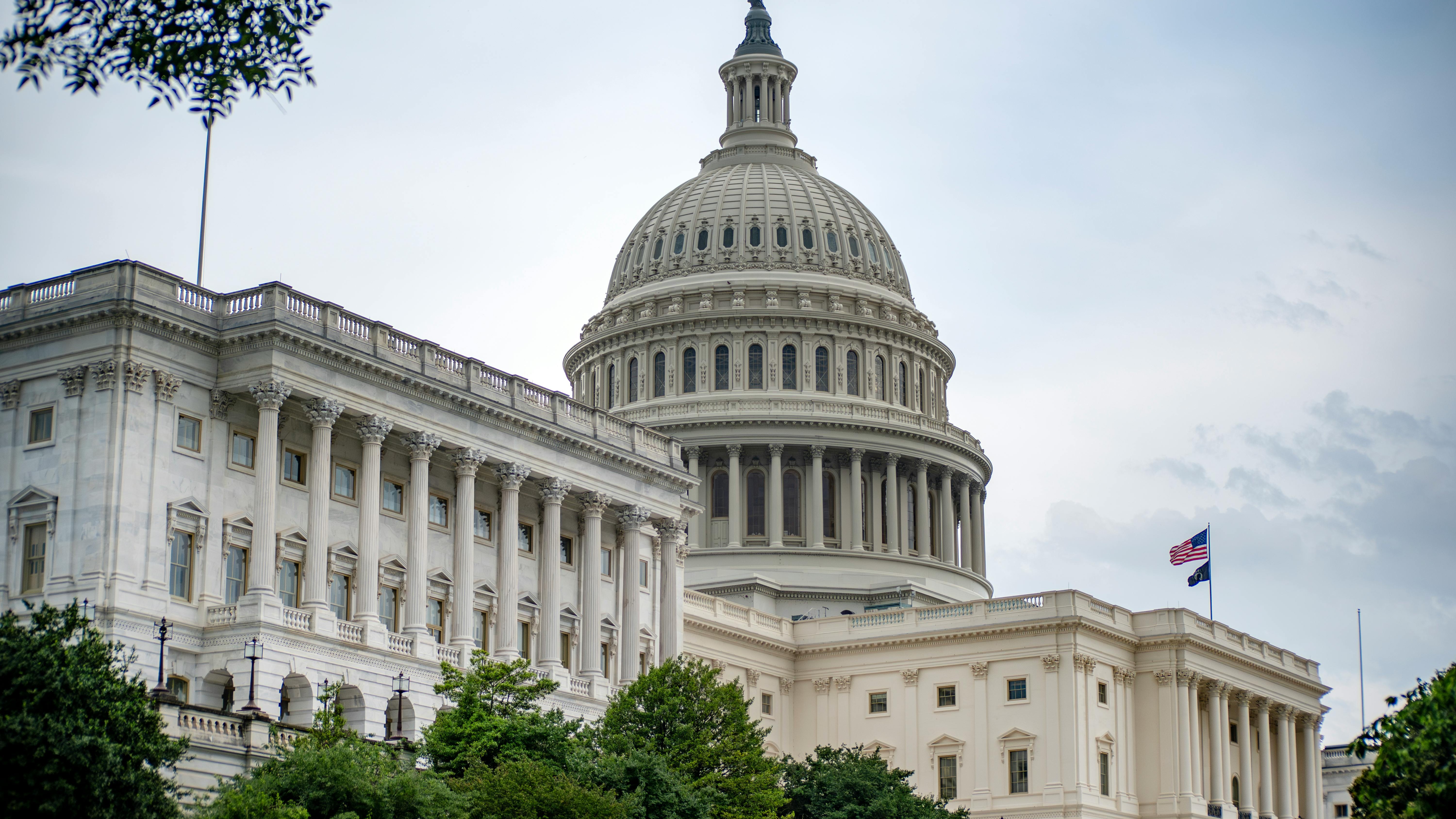
Supreme Court Ruling: A New Chapter for Workforce Cuts
In a recent ruling, the Supreme Court has opened the door for federal agencies to resume workforce cuts, a decision that could have broad ramifications for organizations and job seekers alike. This verdict comes amid ongoing shifts in how the public sector manages its workforce, raising concerns about job security, the recruitment landscape, and overall employee morale.
Impact on Hiring Trends in the Public Sector
As federal agencies prepare to implement workforce reductions, hiring trends may shift dramatically. With fewer employees managing greater workloads, there's a pressing need for hiring managers to refine their recruitment best practices. This ruling could spur agencies to focus more heavily on skills-based hiring, ensuring that each new hire is a perfect fit for a role that increasingly demands versatility and efficiency.
Challenges for Recruitment and Candidate Experience
For talent acquisition managers, the challenge is two-fold. Not only do agencies need to be strategic in how they streamline their recruitment processes, but they also have to maintain a positive candidate experience. This involves leveraging advanced applicant tracking systems and innovative sourcing strategies to engage top talent amid a landscape of uncertainty.
AI's Role in Optimizing the Hiring Process
Moreover, the incorporation of AI in recruiting could play a crucial role in adapting to these challenging times. With the increased pressure to fill vacancies quickly and effectively, AI can enhance talent pipeline development, helping agencies identify suitable candidates more rapidly. Remote hiring practices, too, may gain prominence as agencies look to expand their search horizons and attract a diverse pool of applicants.
Looking Ahead: What the Ruling Means for HR Professionals
As HR professionals navigate this new landscape, understanding the implications of this Supreme Court ruling will be vital. It’s essential for stakeholders to think critically about how workforce dynamics will evolve and strategize accordingly. Embracing flexibility and innovation in the face of shifting policies will not only help organizations adapt but thrive in uncertain times.
 Add Row
Add Row  Add
Add 




Write A Comment